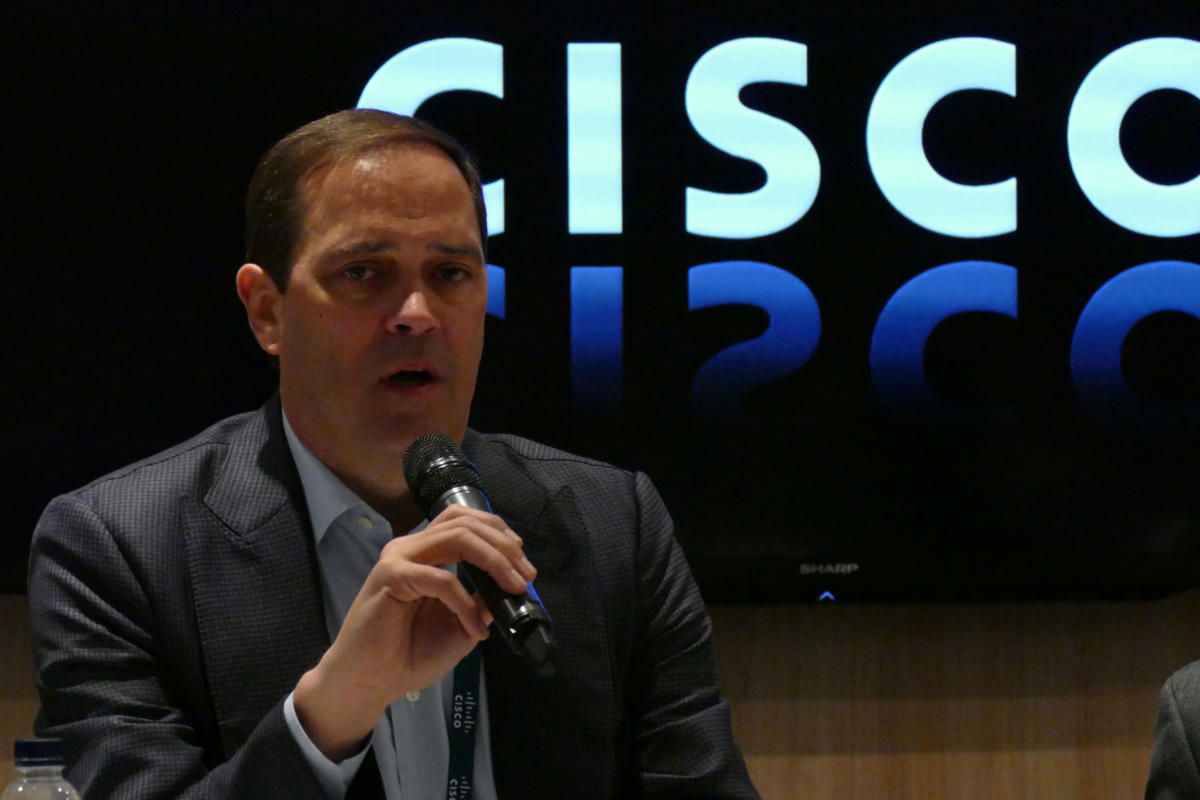Cisco plans to rely more heavily on selling products as services and will make 10-figure cost reductions to deal with a FY2020 revenue drop of 5% that it blames on COVID-19.
When you think of Cisco, the first thing that comes to mind is switches the size of a refrigerator, but on the company’s Q4 and year-end 2020 earnings call with financial analysts, CEO Chuck Robbins laid out a surprising transformation.
For the full fiscal year, the company saw 51% of revenues come from software and services. It had also set out the goal for two-thirds of software sales to be sold as subscription. That rate has now reached 78%.
And Robbins said Cisco isn’t done there. He says the company is reexamining its entire business model in the wake of changes to the work environment brought on by the COVID-19 pandemic. “We’re even looking at how we deliver our traditional networking hardware as a service over time,” he told analysts. And he said much of it will be available by the end of the calendar year.
“We will accelerate the transition of the majority of our portfolio to be delivered as a service,” Robbins added. “We will also accelerate our investments in the following areas: cloud security; cloud collaboration; key enhancements for education, healthcare, and other industries; increased automation in the enterprise; the future of work; and application insights and analytics.”
This is similar to the on-demand services offered by the big server vendors HPE, Dell, and Lenovo. “It’s clear that many of our customers do want to consume the technology as a service, so we’re currently looking at the entire portfolio to see how deeply we can get into the portfolio relative to delivering as a service,” he said.
He said Cisco would work with customers on their architectures to integrate cloud security with and SD-WAN, and help them navigate multi-cloud environments.
For the quarter, Cisco reported revenue of $12.2 billion, a 9% year-over-year drop, and annual revenue of $49.3 billion, a 5% drop.
“As you would expect, the pandemic has had the most impact on our enterprise and commercial orders, driven by an overall slowdown in spending,” Robbins said. “We are seeing customers continue to delay their purchasing decisions in certain areas while increasing spend in others until they have greater visibility and clarity on the timing and shape of the global economic recovery.”
Robbins also said that over the next few quarters, Cisco will be cutting more than $1 billion on an annualized basis to reduce its cost structure. That can only mean one thing: layoffs.
This article originally appeared on NetworkWorld.

